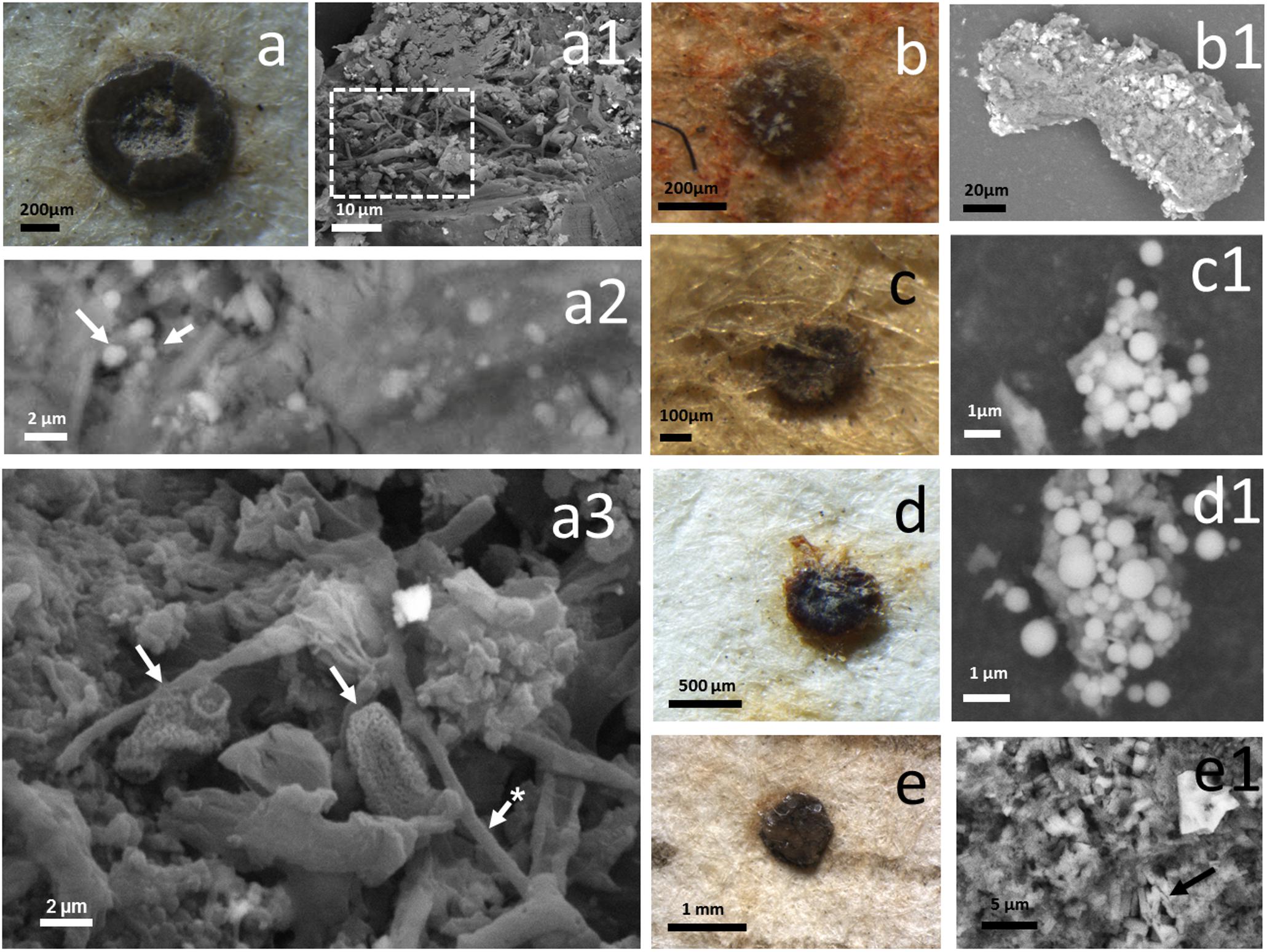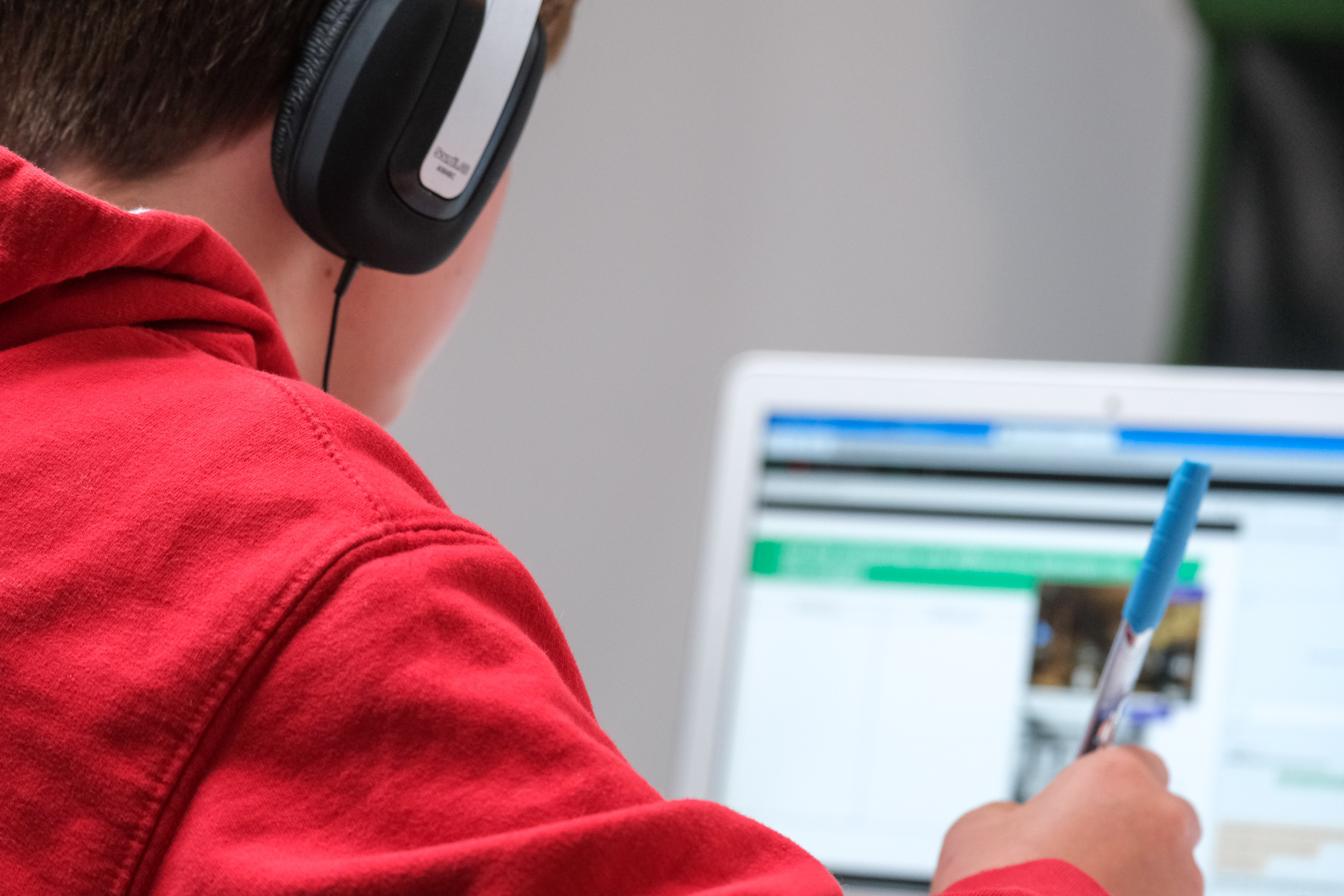
Just so you know. The following bacteria and fungi have been found on seven drawings by Leonardo Da Vinci: Proteobacteria, Actinobacteria, Firmicutes, Sordariomycetes, and Eurotiomycetes.
That microbes don’t even leave the Tuscan genius alone is perfectly understandable. In all those centuries after Leonardo’s death (in 1519), countless hands have passed over these drawings, most notably Leonardo’s self-portrait in red chalk, a famous work. And not just human hands, as researchers led by Guadalupe Pinar, a Spanish microbiologist at the University of Vienna, have discovered. They also found remains of fecal matter from insects, such as fruit flies.
The samples were analyzed on-site (in the archives of a museum in Turin and in Rome) using a handy, portable diagnostic device.
The analysis of the microbes was carried out by taking a sample from each of the seven papers. This was done in a technologically advanced way. The surfaces were first dabbed with cellulose nitrate membranes. The microbes were then very carefully removed from the paper. Sucked up, as it were, without actually touching the drawings.
The samples were analyzed on-site (in the archives of a museum in Turin and in Rome) using a handy, portable diagnostic device.
Mapping out microbes
The importance of the research is not so much about knowing that. Or what fruit flies secrete on invaluable works by the world’s greatest genius. Instead, the research is intended as a first step in the mapping of microbes on old documents. This enables bacteria and fungi to be compared between works from the same and other collections.

This could potentially be the beginnings of a microbes database. Which conservators all over the world could then consult with a view to taking action before it is too late. To name one example. In this case, the drawing of the nudes (one of the seven researched works which serves as a preliminary study for the famous ‘Battle of Anghiari’). With the goal of taking action to prevent it from deteriorating. Conservators could test microbes of a particular work for signs of an imminent attack by e.g., a paper fungus.
Central ‘pathological’ institute
The research was carried out by a team of researchers from Vienna (Austria) and Rome (Italy). This was done with the help of the Italian Central Institute for Archive and Book Research (Istituto Centrale per la Patologia degli Archivi e del Libro), which also funded the research. Frontiers in Microbiology, a scientific journal from Switzerland, published the article at the end of this month.








